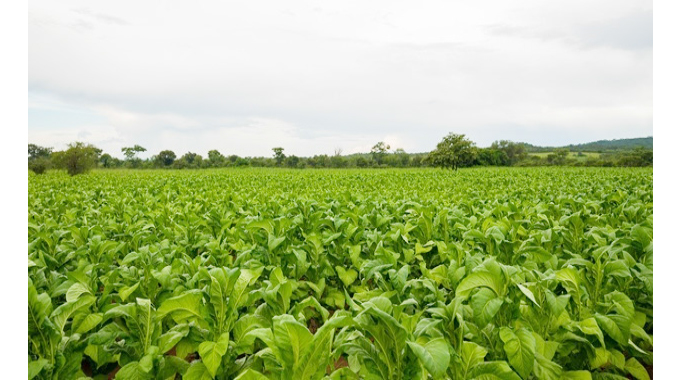Mining, agric maintain grip as Zim exports top earners

Oliver Kazunga, Senior Business Reporter
ZIMBABWE’S agro-industrial and mineral commodities continue to maintain the grip as the country’s top export drivers further confirming agriculture and mining as the economic mainstays in meeting the national development agenda.
Under Vision 2030, the Second Republic aims to achieve an upper middle-income economy with a Gross Domestic Product per capita of US$3 500.
To set the tone towards an upper middle-income status, the Government has proclaimed the National Development Strategy 1, a five-year economic blue print, which is already being implemented and running from 2021-2025.
Driving the envisaged economic growth projections under NDS1, is the mining industry which is expected to attain a US$12 billion milestone by 2023 while the contribution from the agriculture sector would be US$1,9 billion by 2025.
Latest data on external trade availed by the Zimbabwe National Statistics Agency (Zimstat) show that in November 2021, the country’s main exports were tobacco (32,2 percent) and semi-manufactured gold (21,5 percent).
Constituting Zimbabwe’s major exports also are nickel ores and concentrates at 14 percent of Zimbabwe’s total exports during the month under review while nickel mattes including platinum group of minerals (PGMs) contributed 12,7 percent, ferro-chromium (4,8 percent), platinum unwrought or in powder form (three percent) and cotton (2,5 percent).
“It was noted that major minerals produced in the country such as nickel concentrates and nickel mattes were exported in a semi-processed form, while nickel ores (including PGMs) are exported in a raw form.
“During the month of November 2021, the country exported 31,8 million kilogrammes of tobacco valued at US$208,4 million compared to 17,4 million kg valued at US$95,4 million in October 2021,” said Zimstat.
Zimbabwe exported semi-manufactured gold valued at US$139,1 million in November 2021, compared to US$197 million in October last year.
During the month under review, Zimstat said the country’s major imports were mineral fuels and mineral oil products, which stood at 18,9 percent compared to 20 percent in October the same year.
Imports for plant and machinery for the productive sectors of the economy stood at 13,1 percent in November as several companies have embarked on a retooling drive.
The appetite to retool by the productive sector was largely driven by the national development agenda, which requires that companies replace antiquated machinery to improve their efficiency and competitiveness.
It is in this context that the Reserve Bank of Zimbabwe, through the weekly Forex Auction Trading System, has been allocated foreign currency for raw material, plant equipment and machinery, among others to the productive sector.
“Other major imports in November 2021 included fertilisers (9,5 percent), vehicles (7,6 percent), animal and vegetable fats and oils (3,7 percent), electrical machinery and equipment (3,6 percent), pharmaceutical products (2,7 percent), and cereals 2,6 percent.
“Notably, major imports in Zimbabwe were aggregated to reach 92 percent in November 2021.
“Cereal imports including maize decreased to 2,6 percent in November 2021 from 3,6 percent in October 2021.
There were marginal imports of maize, which stood at 0,2 percent in November 2021,” said Zimstat.
— @KazungaOliver












Comments